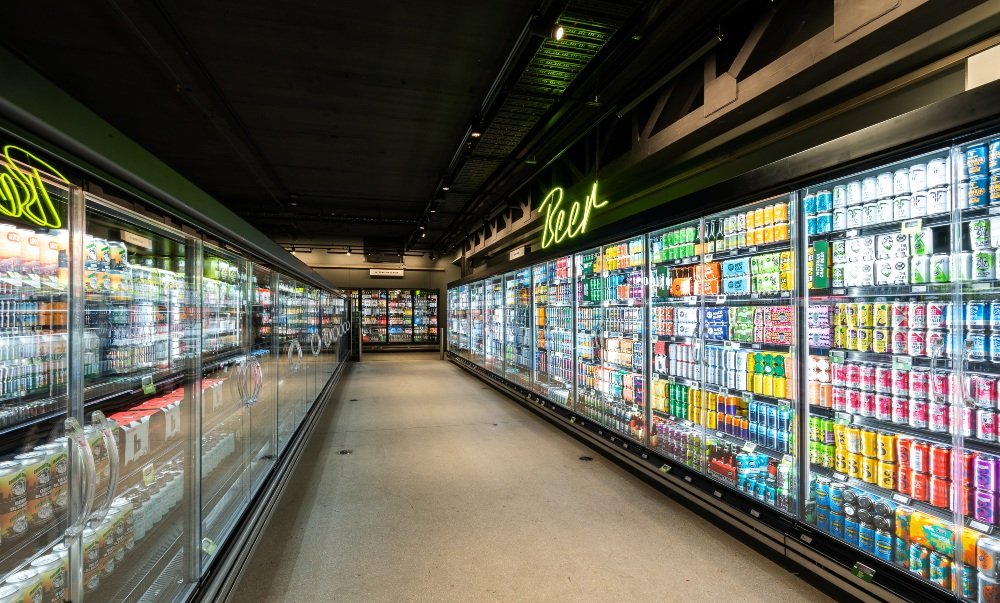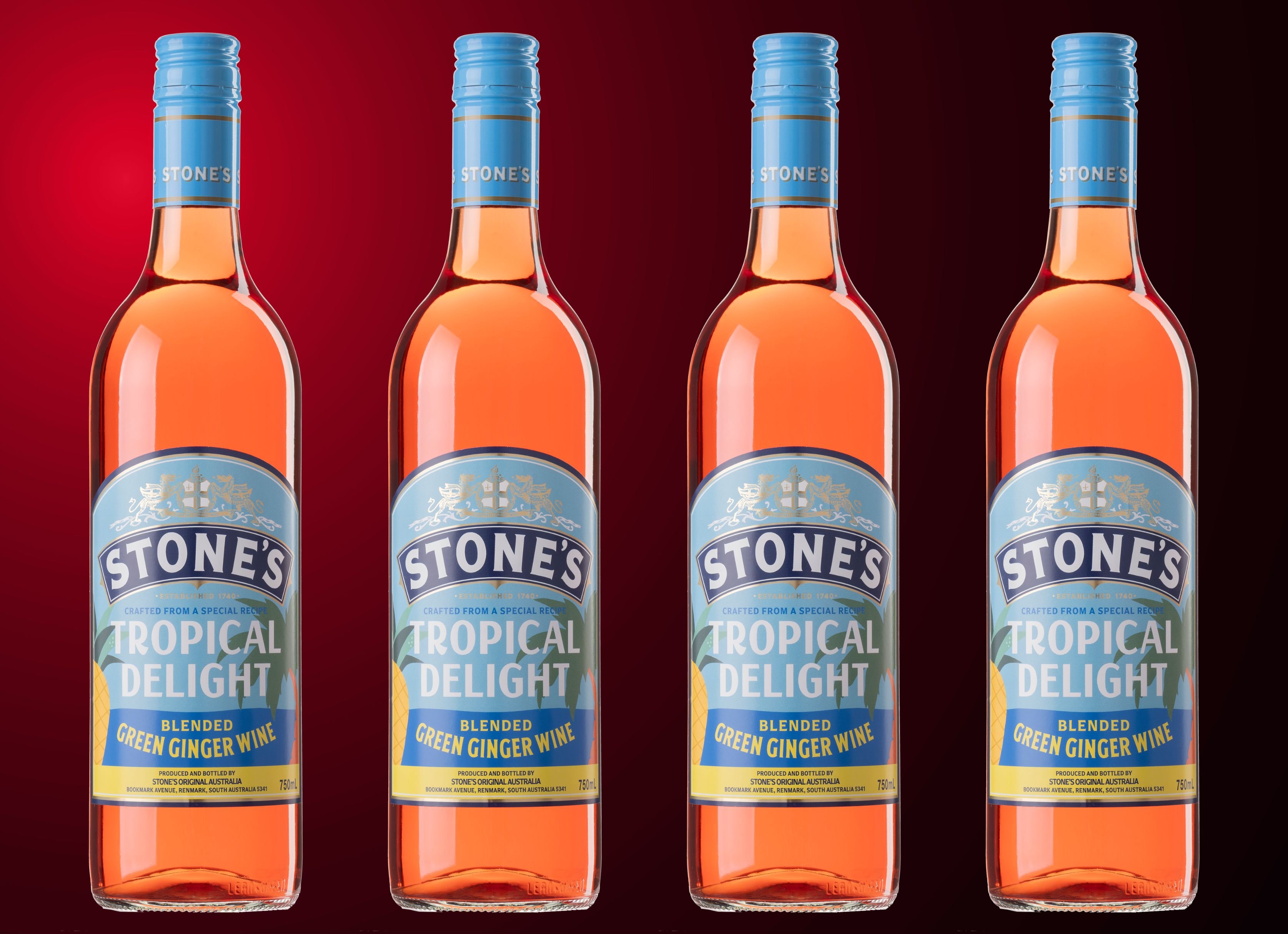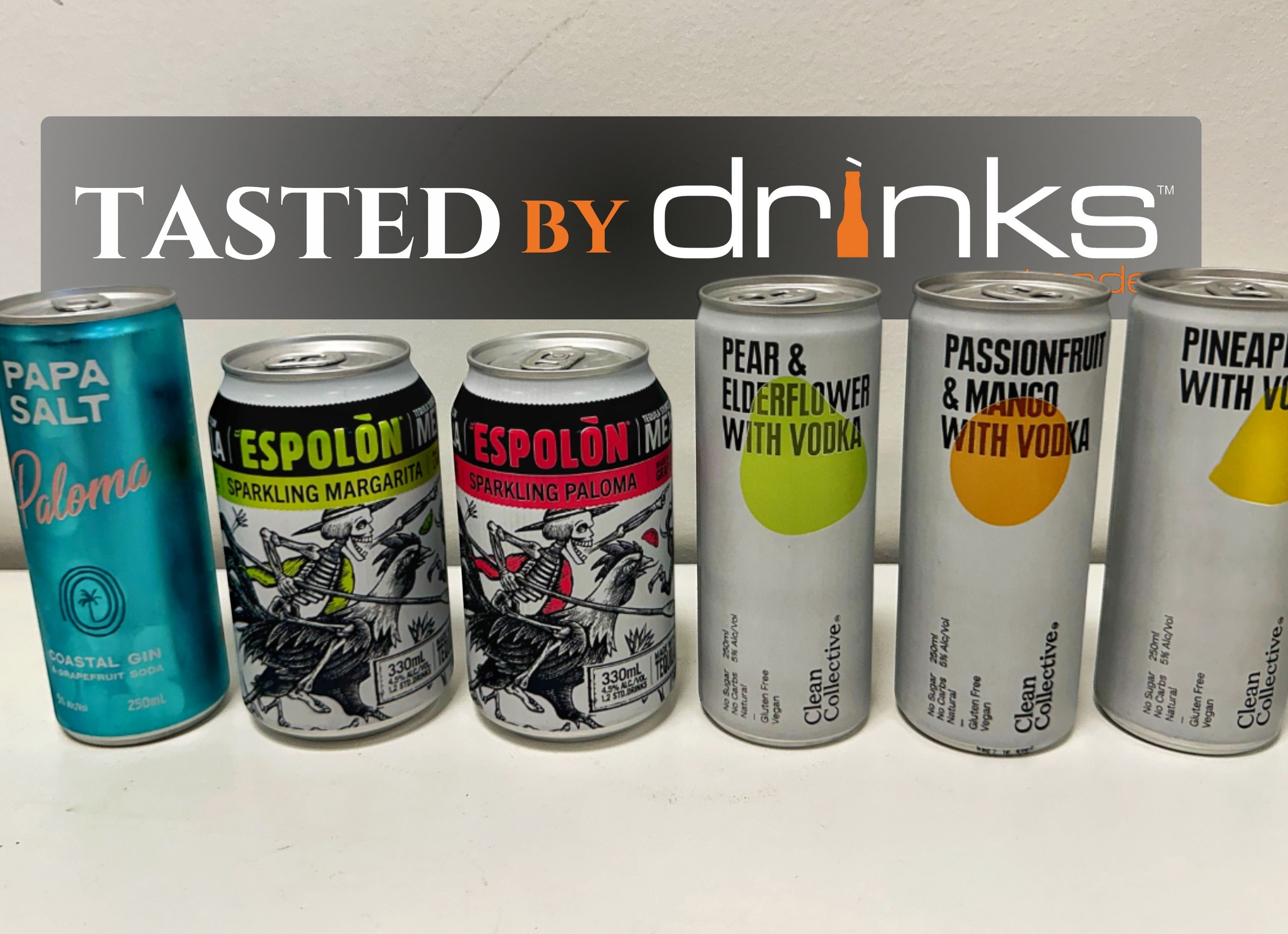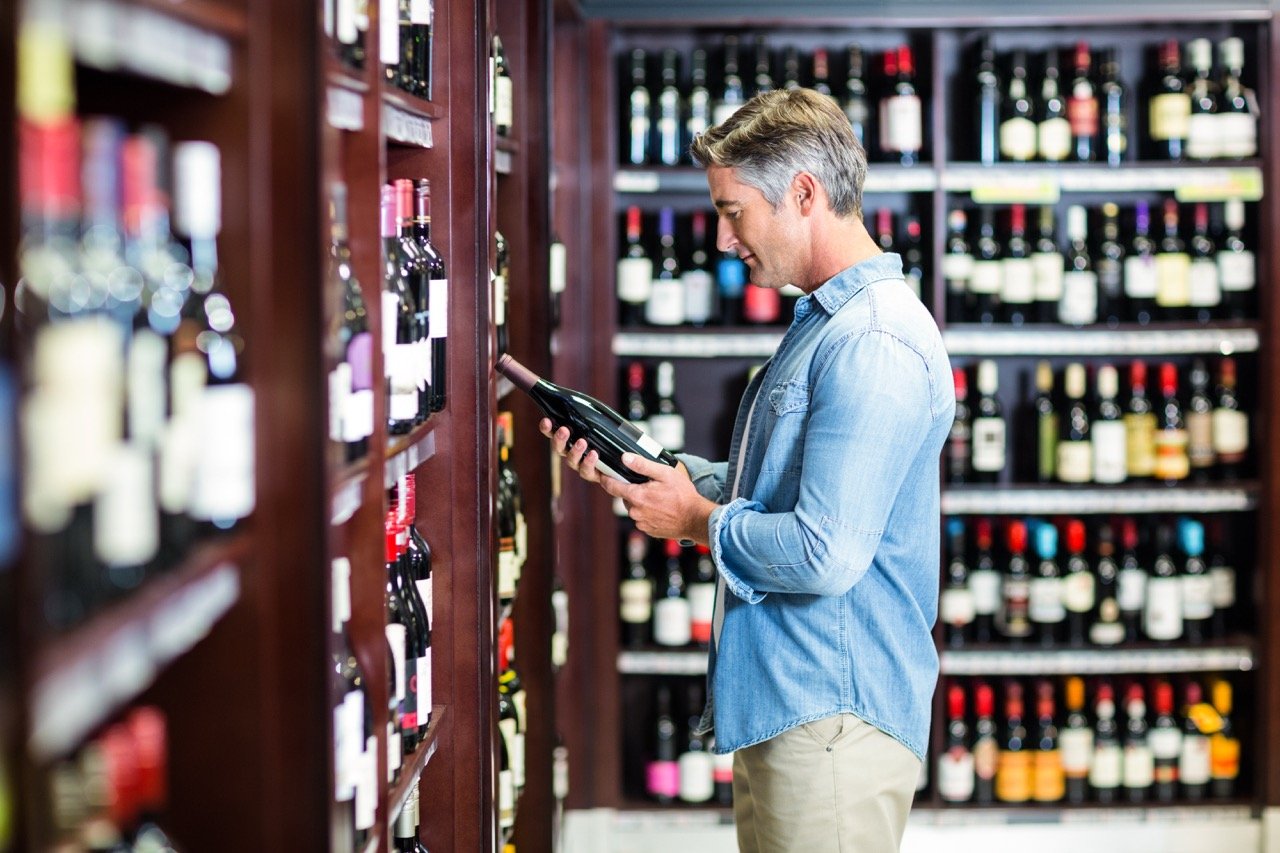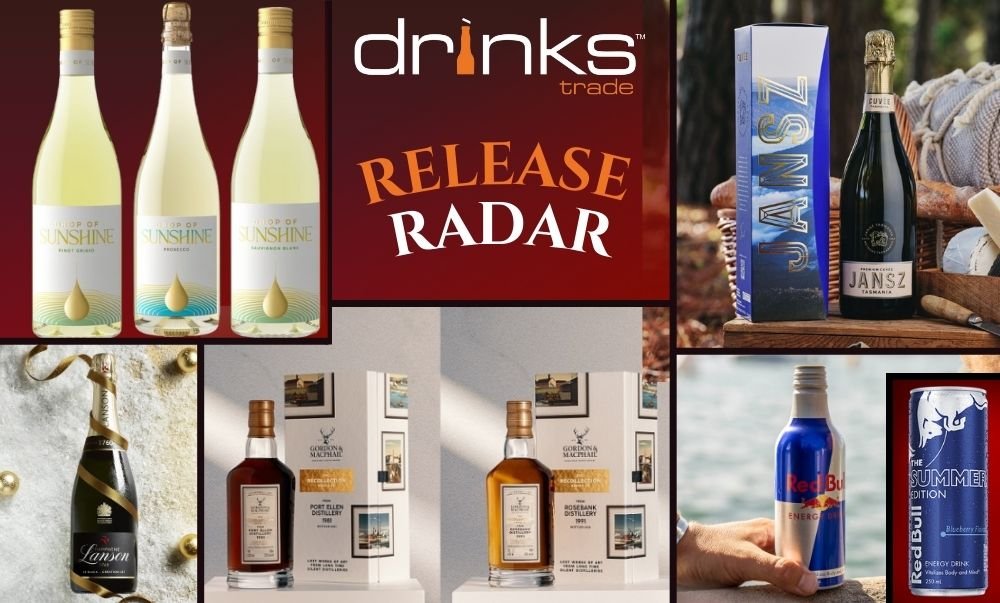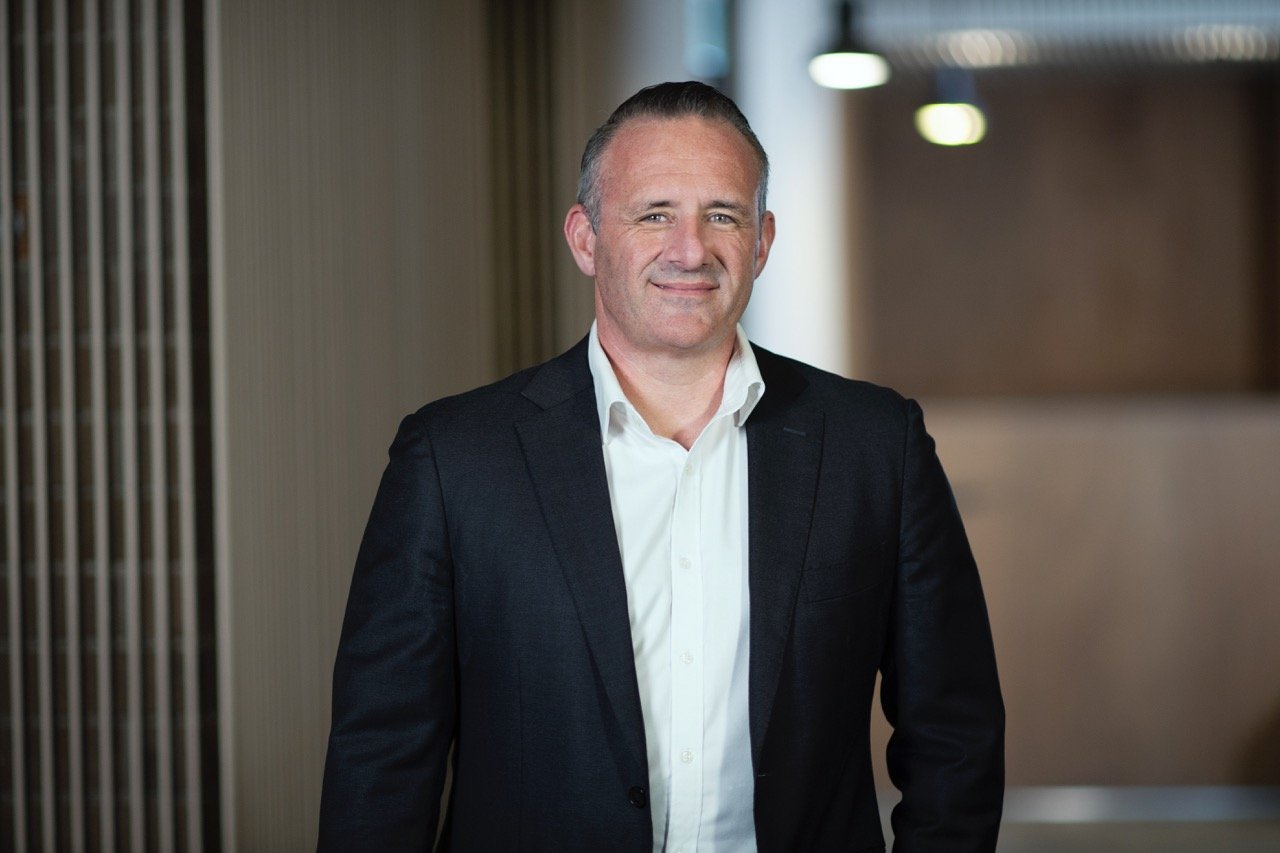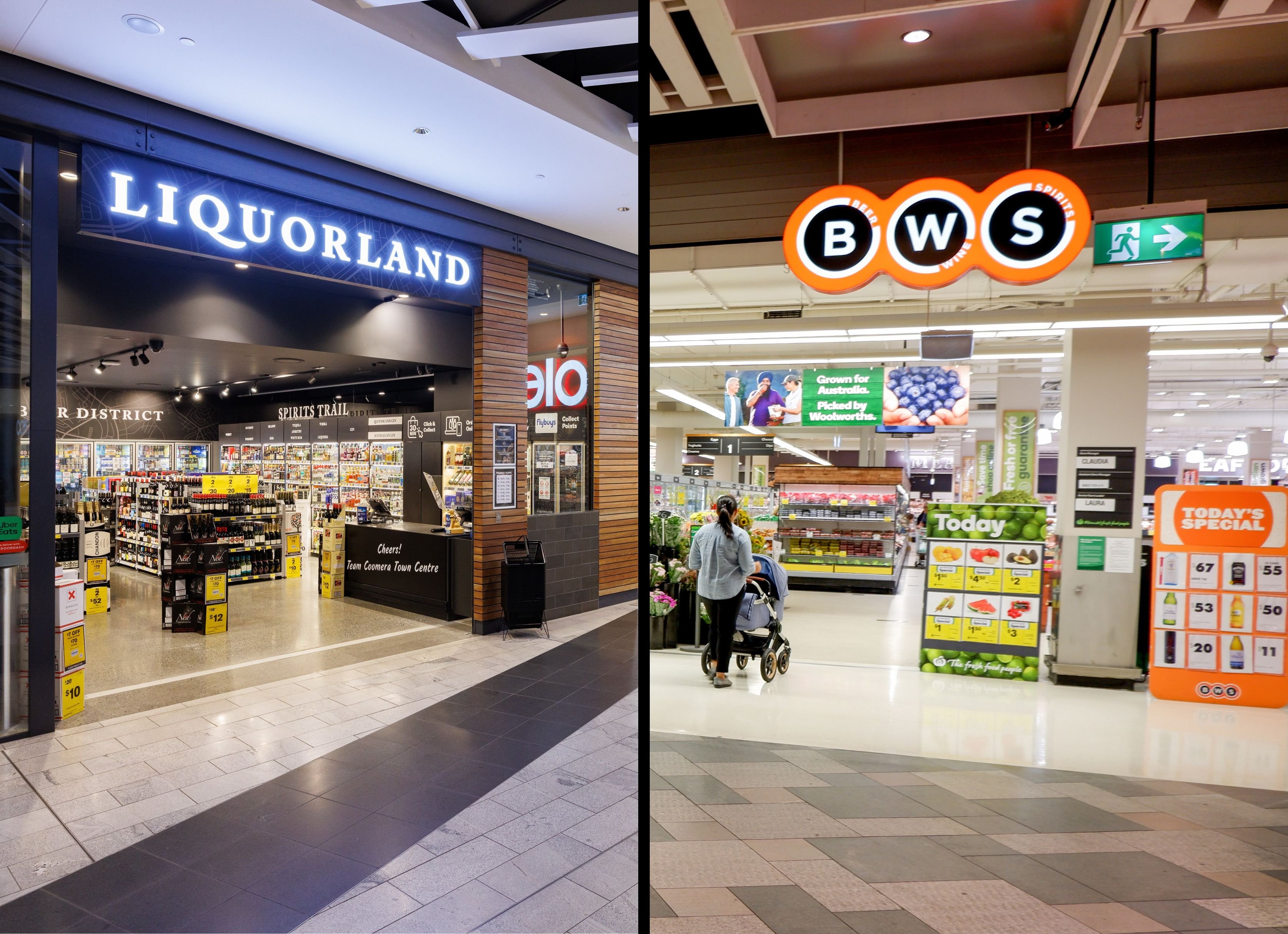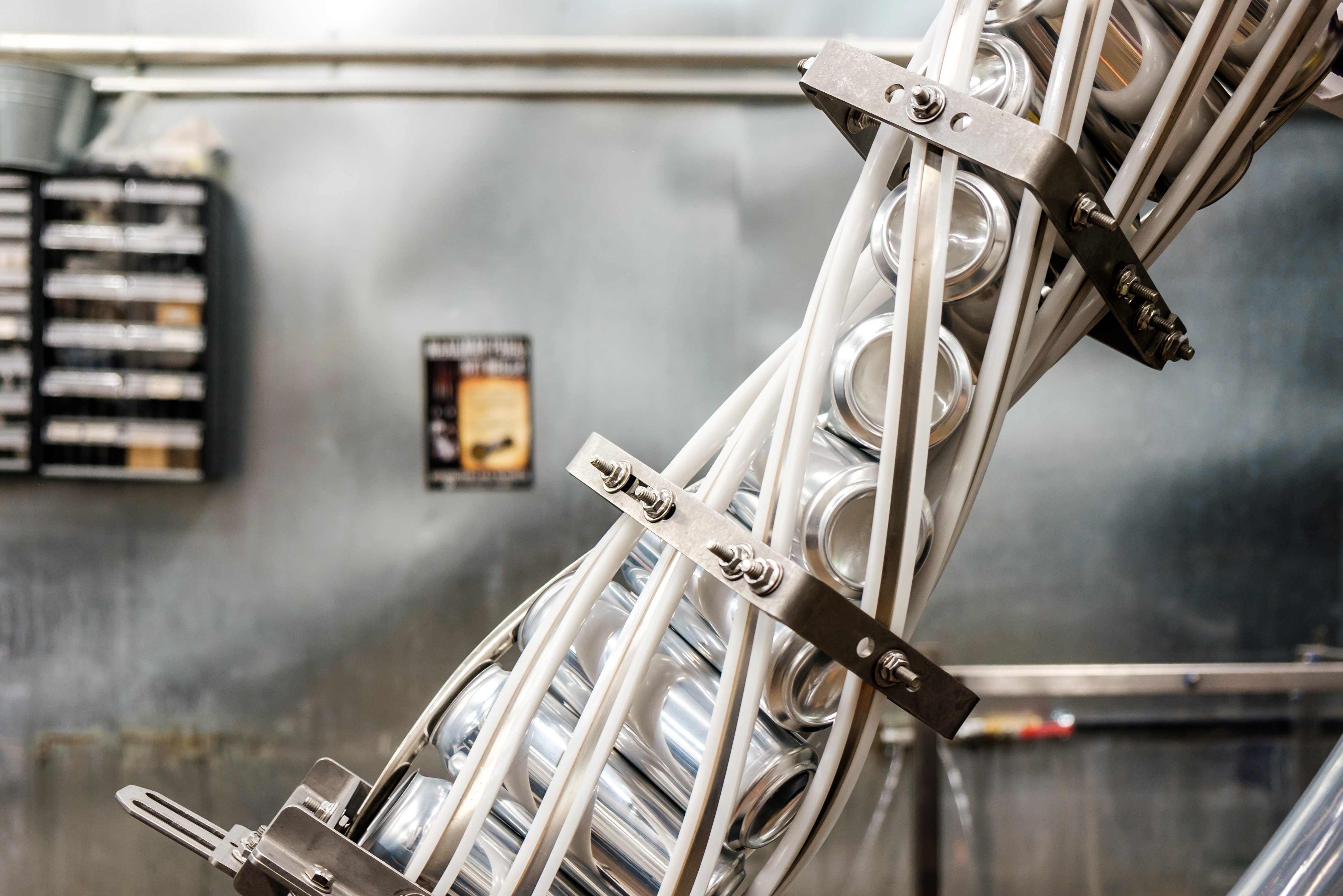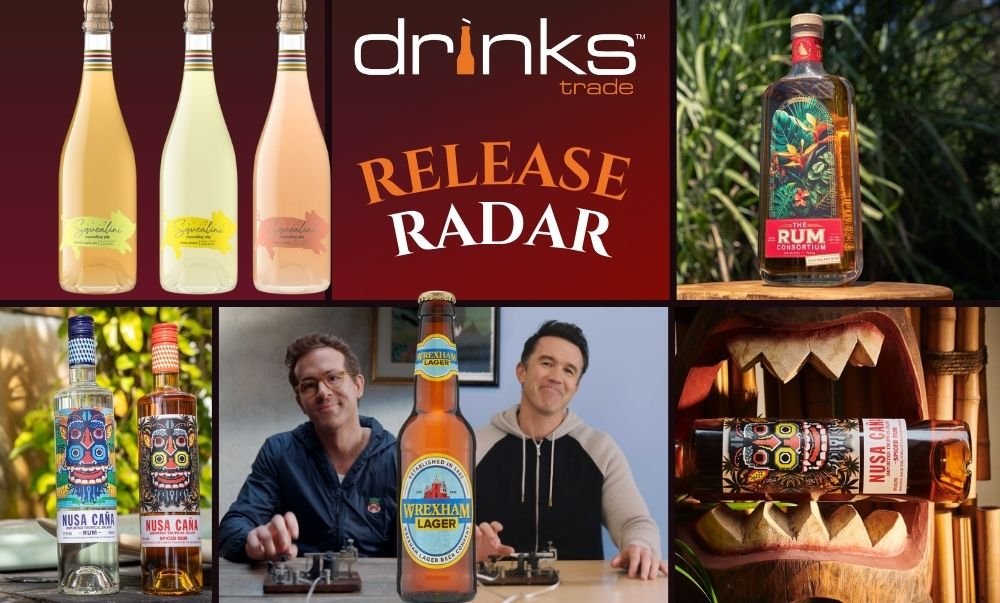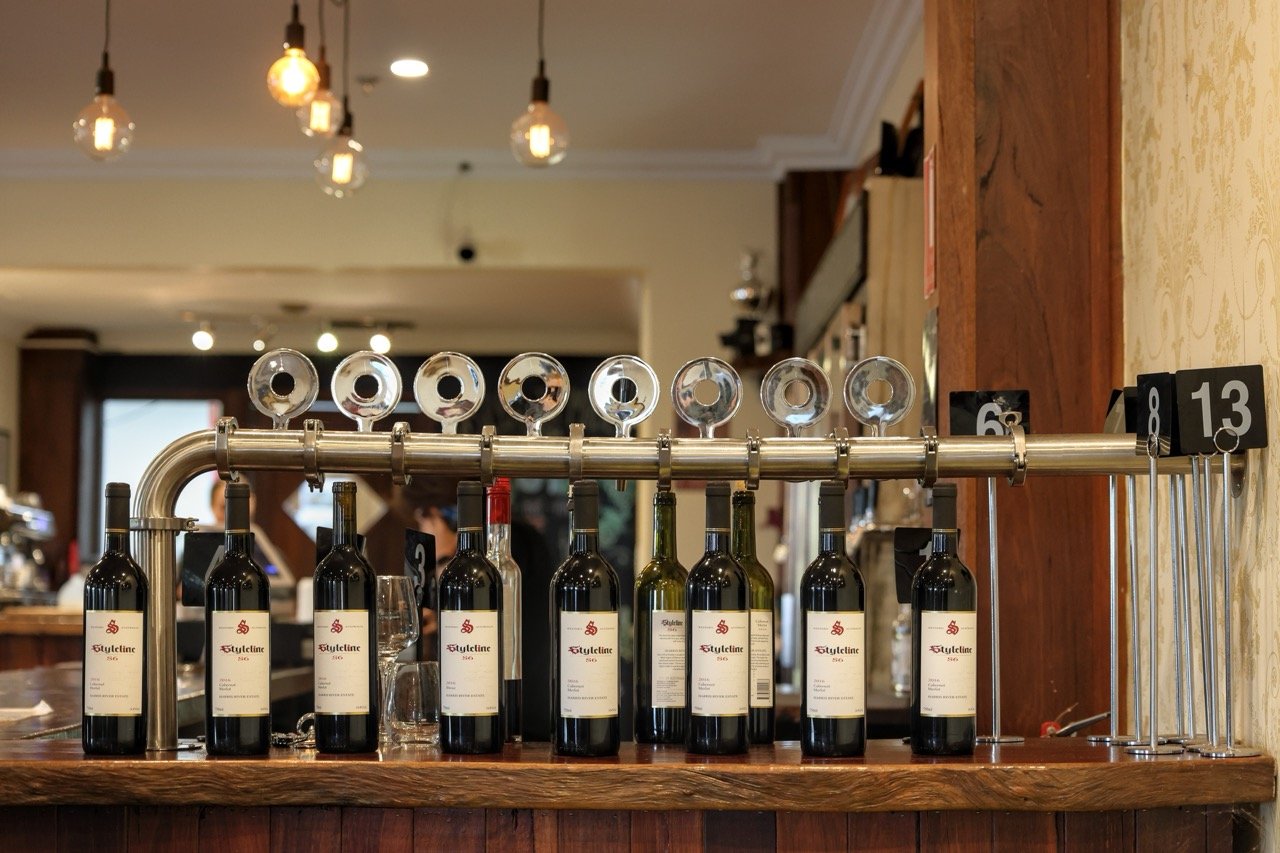IRI research says the Australian retail liquor market is worth $22.3 billion and is growing at around 2.9 per cent each year, based on a multi-year average.
It says that the majority of sales growth is in the online space, which is increasing at nine times the pace of all off-premise - at 24.3 per cent per year - and that about 8 per cent of retail liquor sales now derive from a digital transaction - an annual spend of about $1.9 billion annually.
The insights research company says that there has been a 45 per cent uplift in the number of people now shopping online, and this extends to shoppers in all demographics, including retired couples who have become more online savvy thanks to the pandemic restrictions of the past two years.
IRI collaborated with Growth Scope for the first time for its Market Movers presentation last week, with a particular focus on the opportunity for retailers to take further advantage of occasion based drinking and the tendency for consumers to spend more when buying for a special occasion at home.
In fact, when buying alcohol, relaxed drinking at home accounts for a third of the reasons underpinning liquor occasions.
Mel Andrews, Growth Scope’s Director of Research & Product, suggested that "optimising occasions is critical to maximising the market”, suggesting that the flexibility of the online environment – which is dynamic, adaptable and malleable – should make it easier for retailers suggest “purchase offerings that are suitable to birthdays, romance, meeting the in-laws; product offerings that are suitable to the occasion”.
She said that this kind of promotion can be fairly easily implemented across all digital channels, adding that the online shopper is more valuable to the retailer: they spend more online than they would in-store.
Mark McCaffrey, IRI’s Director of Liquor & Tobacco, said that people that shop online, drink more often.
Growth Scope also found that the more social the occasions is, the more willing consumers are to part with their money. For example, people spend the most on products when attending a house party or romancing their partner.
“Celebration and romance underpin paying premium,” said Ms Anderson.
Growth Scope paid particular attention to the over 50s cohort which it says “creates the same amount of value to the liquor industry as the entire under 40s cohort”. She suggested that they are a “missed opportunity”.
Ms Anderson said this demographic is likely to continue to drink, will continue to spend and with an increasing aging population, is likely to become more important even while their drinking preferences are unlikely to change.
Growth Scope’s findings also show that 84 per cent of shoppers from this demographic plan their purchase in advance, meaning that there is strong opportunity “to influence at the occasion”and prior to purchase point.
However, Ms Anderson added, this is applies across all shopper demographics.
Dan Murphy’s & BWS retain a clear lead in the retail categories taking first and second positions in big box retailing and research indicates that brand choices are primarily influenced by “past experiences and what I like”, followed by value for money, not lowest prices.
Mr McCaffrey talked the online audience through category growth. Spirits and RTDs lead the growth in the off-premise liquor sales, particularly seltzer and light spirits RTDs. RTDs recorded the largest share gain - up 8.5 per cent, aligning with the trajectory that is being seen in the US.
The contemporary beer channel continues to grow at 7.7 per cent, led by Great Northern, and craft beer is growing at a rate of 6.3 per cent each year. Gin grew by 5.6 per cent and single malt scotch by 1.4 per cent, a figure impacted by the closure of travel retail. Tequila grew by 1 per cent and Rose and Champagne were the winners in the wine category, with Champagne riding the headwinds of pandemic premiumization.
But of course, the largest growth is in the NOLO catgeory which is growing at a rate of 66 per cent each year and is now firmly entrenched in grocery store aisles. IRI found that 14 per cent of households have purchased nolo products and that the 18-44 year cohort are twice as likely to buy zero or low alcohol products than the 45+ years market segment. Sales of alcohol free at Dan Murphy’s have double over the past two years.
Share the content
